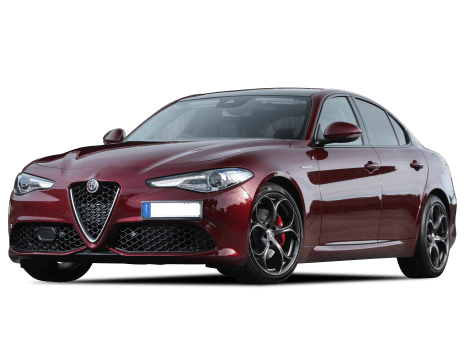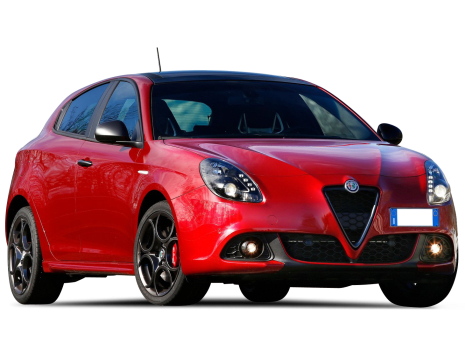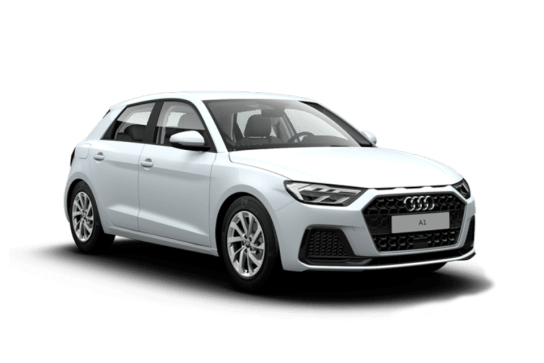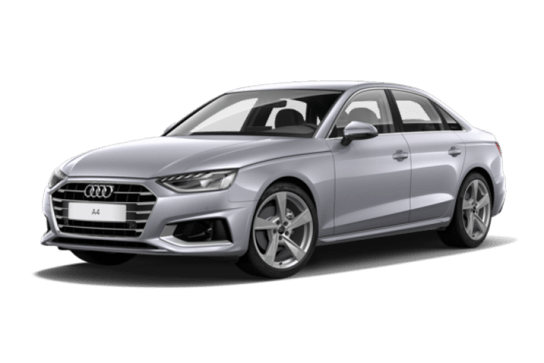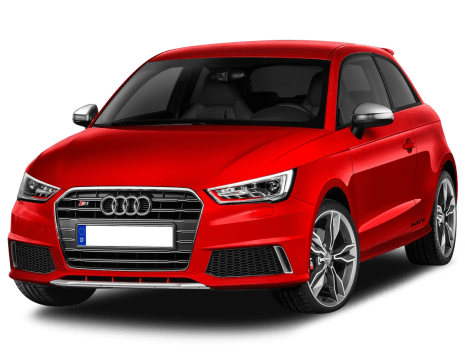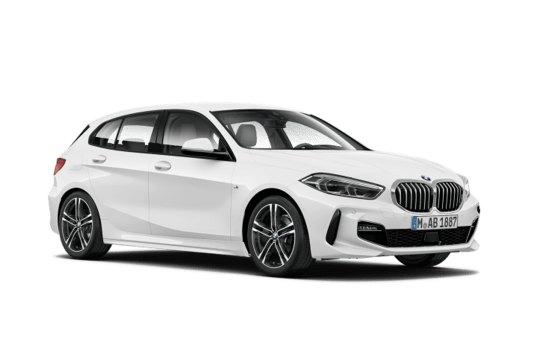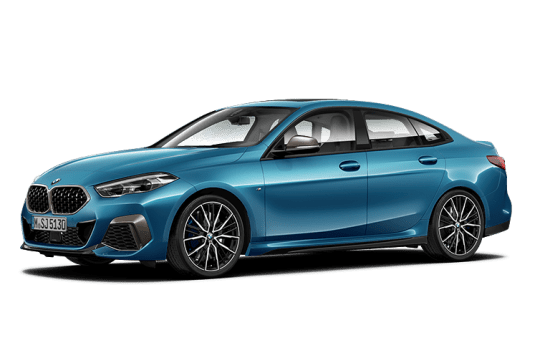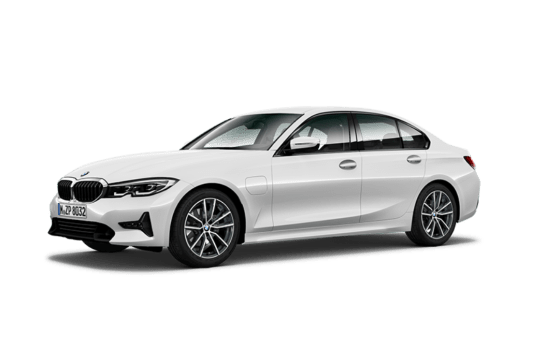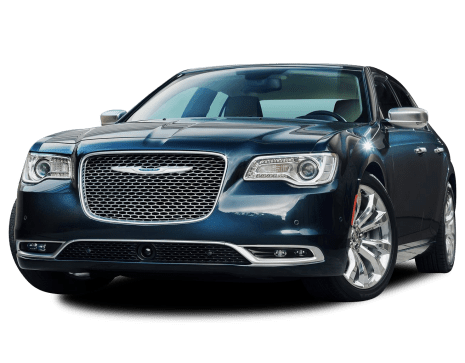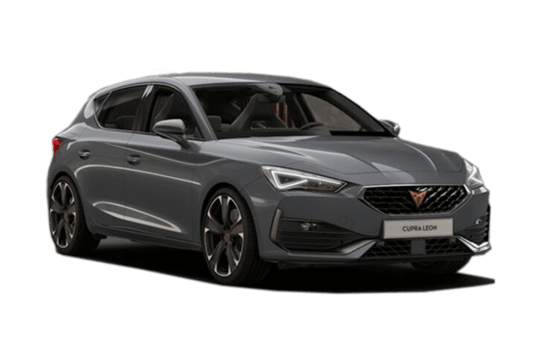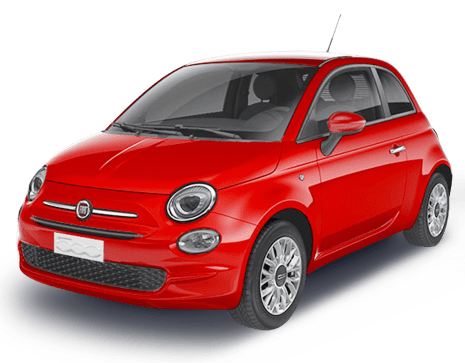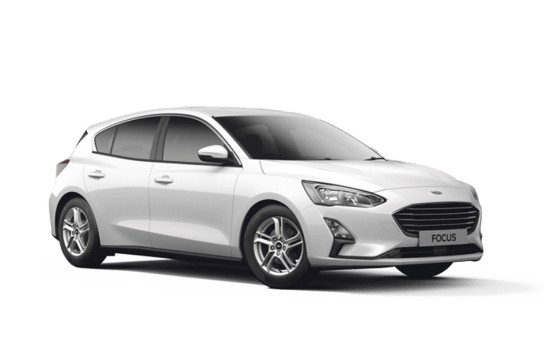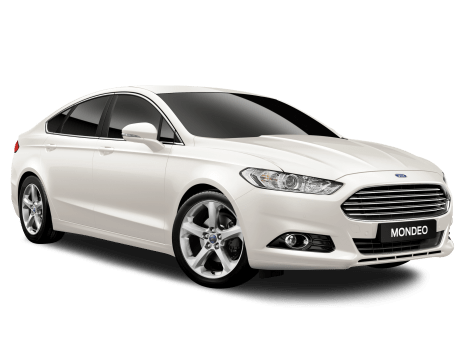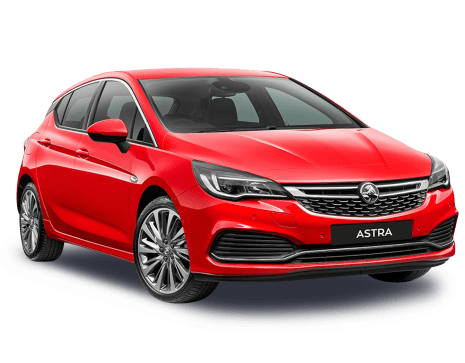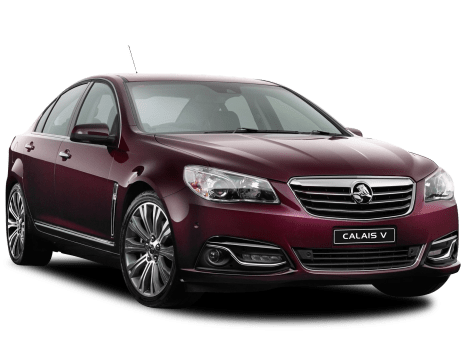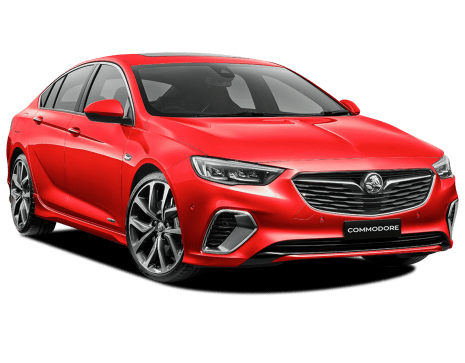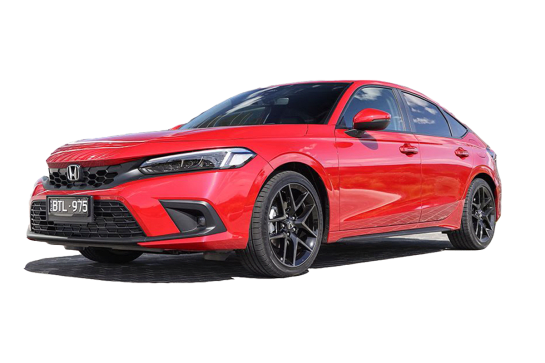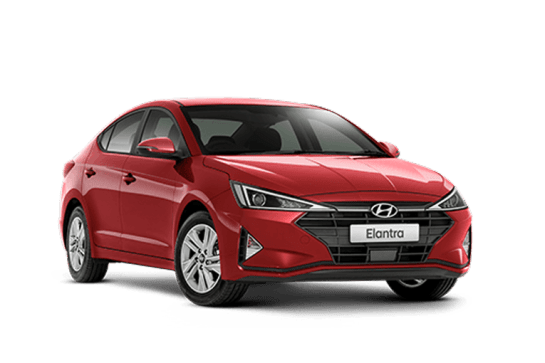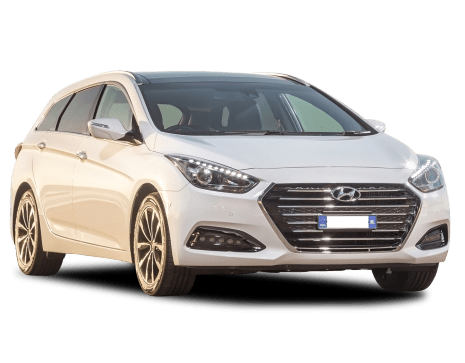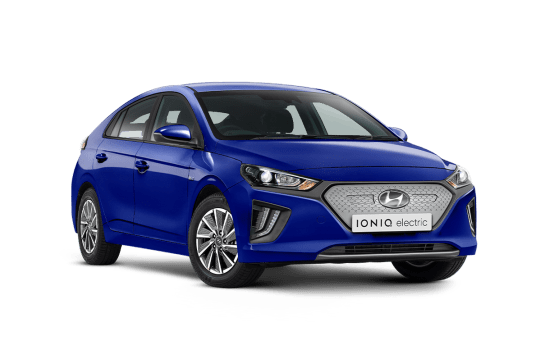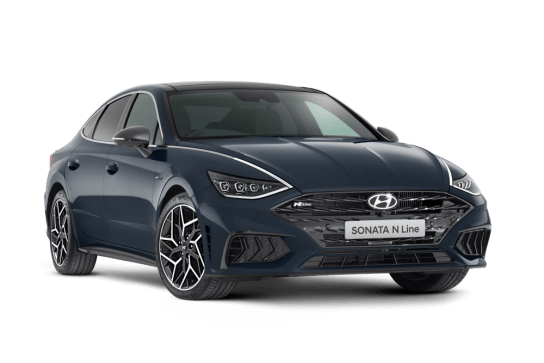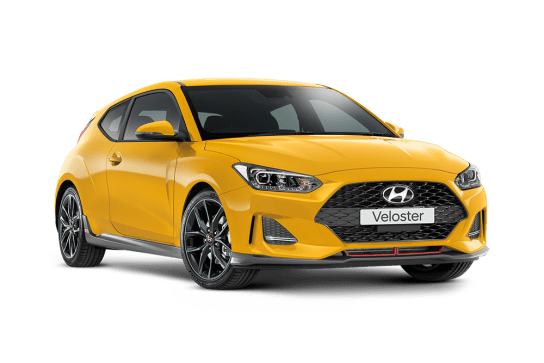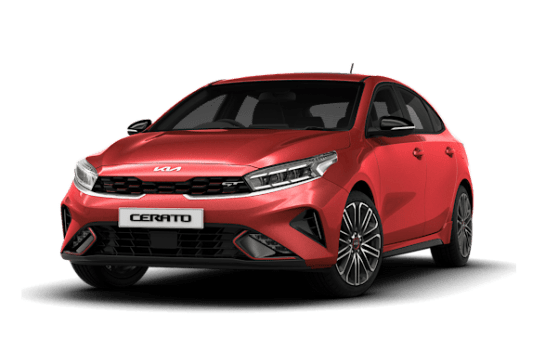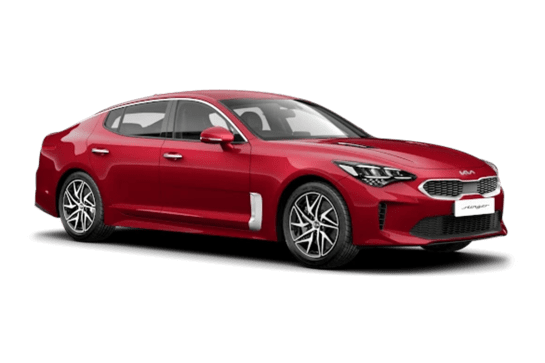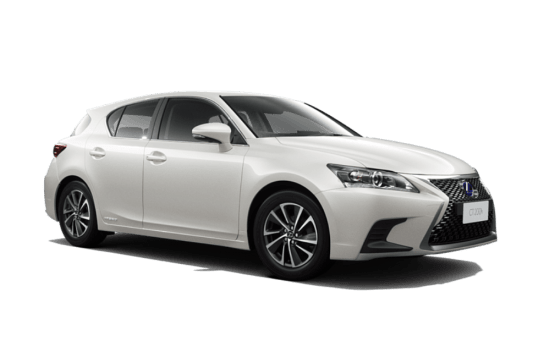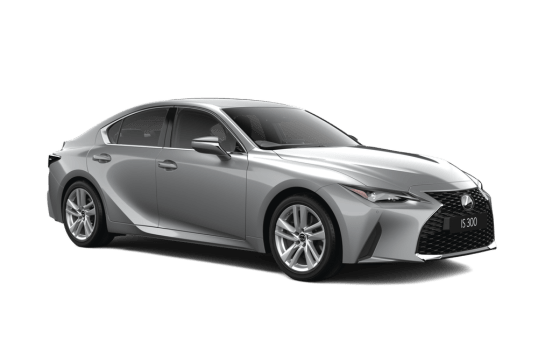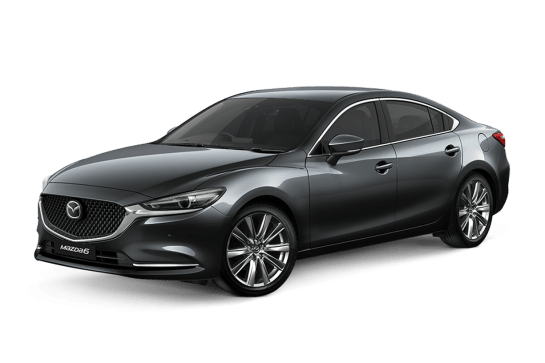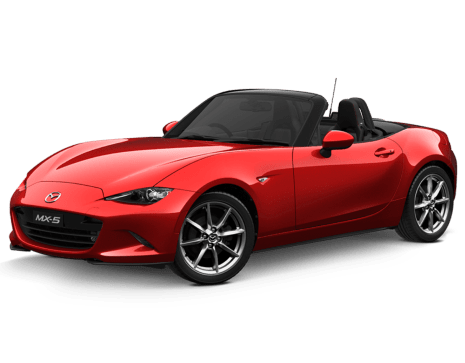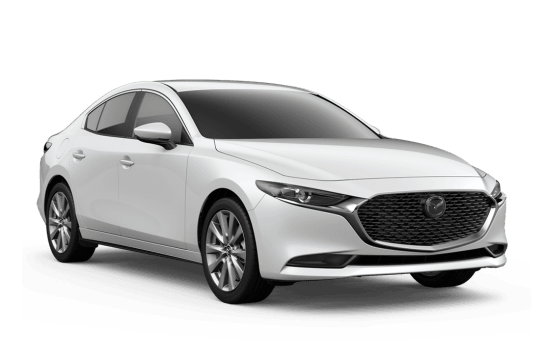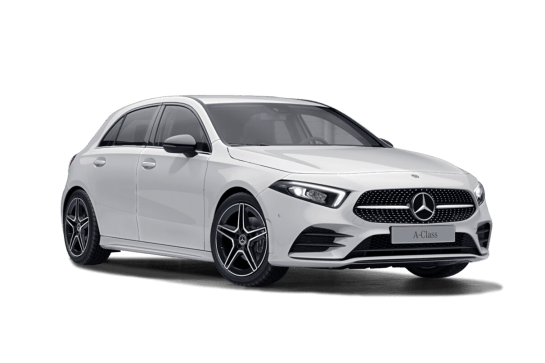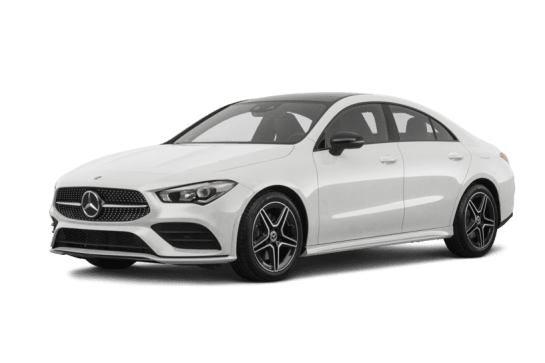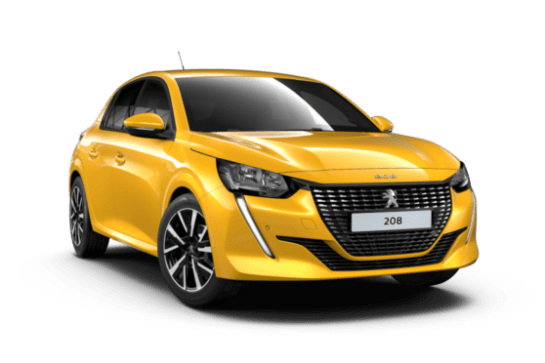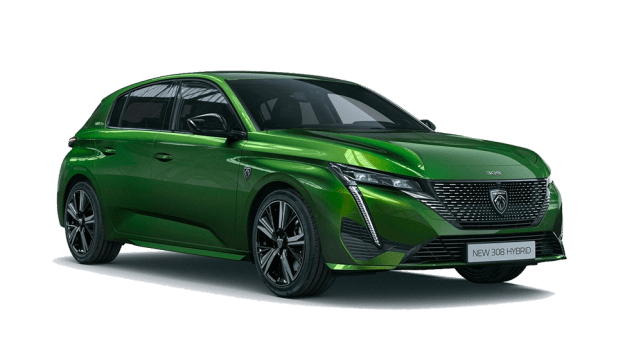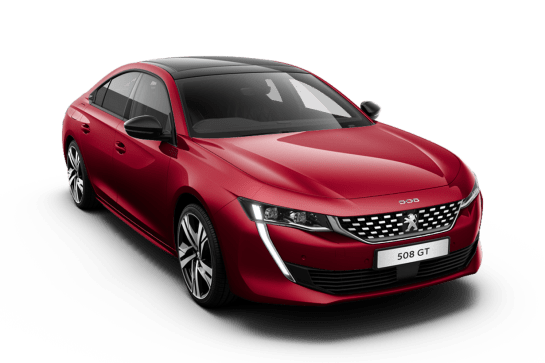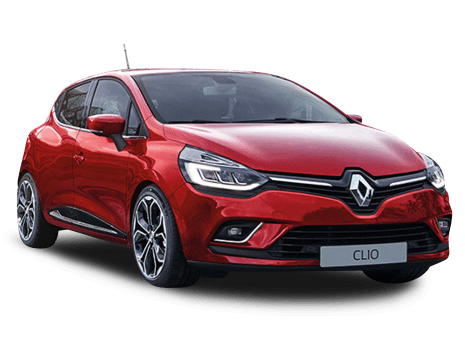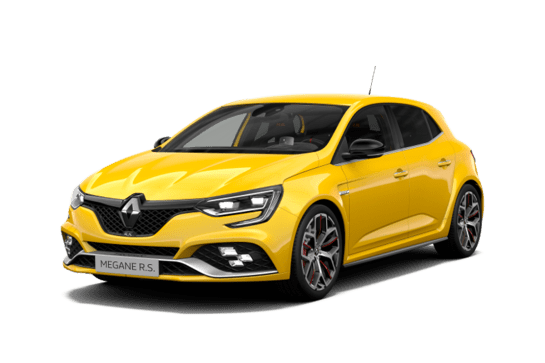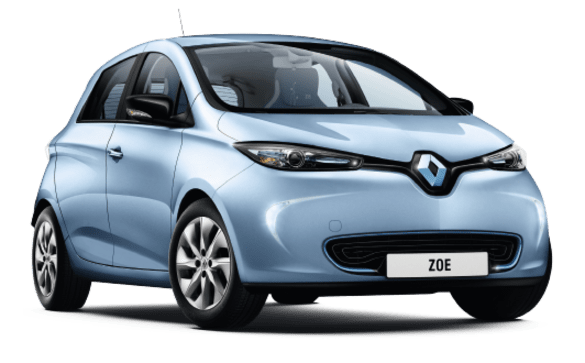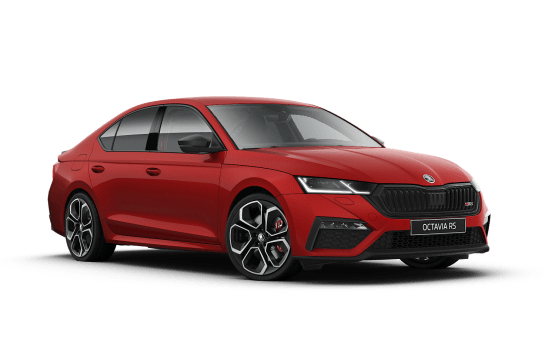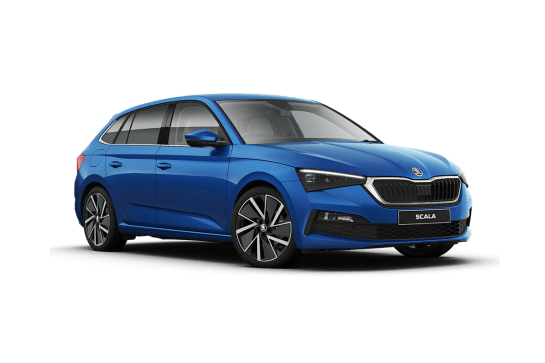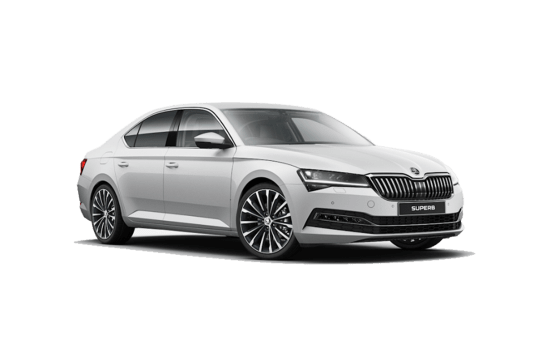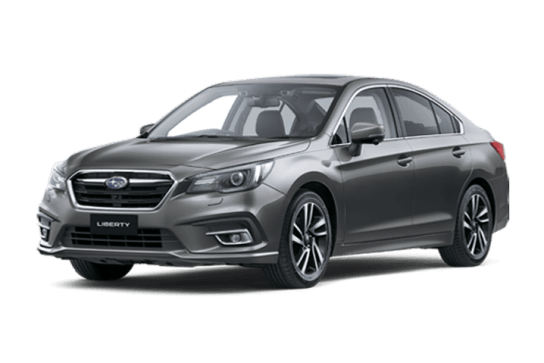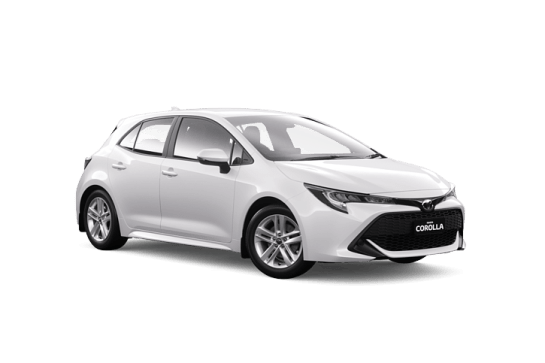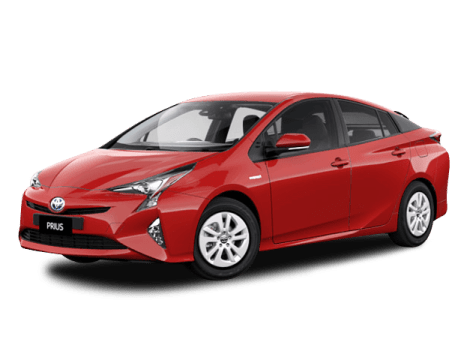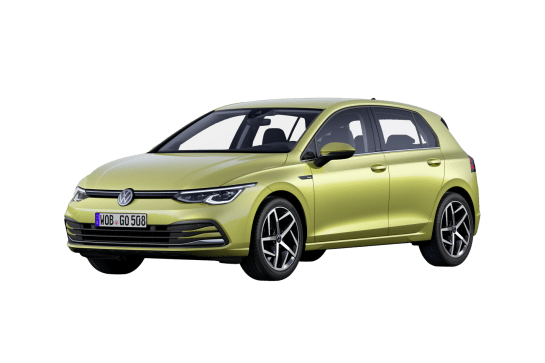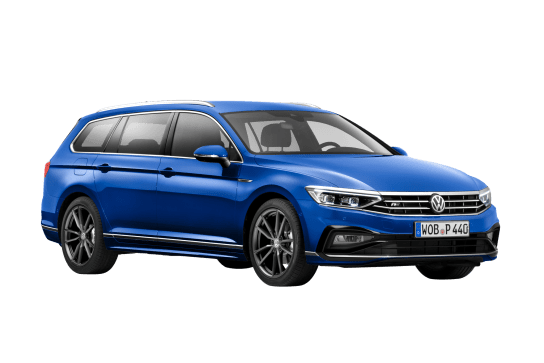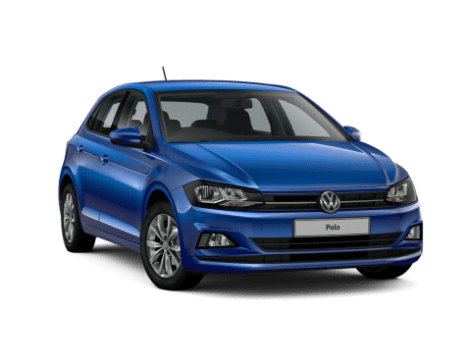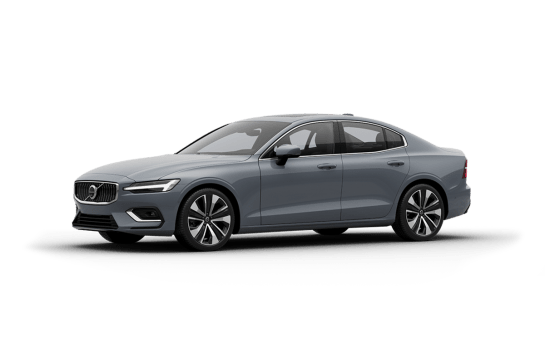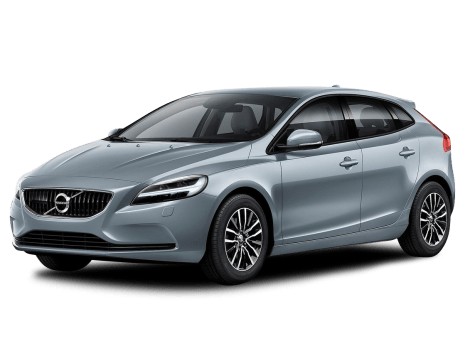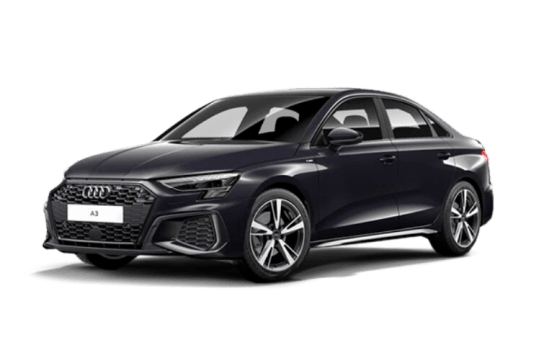
Audi A3 VS Cupra Leon
Audi A3
Likes
- Quality look, quality feel
- Overall balance and driver involvement
- Proves there’s life in sedans and hatches
Dislikes
- Mild-hybrid interesting, but not a game-changer
- Active cruise extra cost in premium version. Should be standard
- Sportback looks don’t flatter the car
Cupra Leon
Likes
- Handsome styling inside and out
- Combines elements of EV and sporty hatch
- Appealing interior packaging
Dislikes
- Infuriating multimedia system
- Expensive
- PHEV-related limited boot space
Summary
Audi A3
If it was the original BMW 3-Series that invented the compact luxury car market segment all those years ago, then it’s probably fair to claim it was Audi’s A3 franchise that gave rise to the luxury small-hatch category.
On that basis, any new Audi A3 is news but, in the face of the SUV onslaught (including its own stablemate the Q3) the new small Audi has its work cut out for it.
With this update, there’s refreshed styling, a new interior layout and, for the launch of the new cars, two body styles, a conventionally styled sedan and what Audi calls the Sportback; fundamentally a five-door hatchback but with the German brand’s own flair plastered all over it.
Read more on Audi
- 2022 Audi A3 price and features: Australian pricing of new-gen Mercedes-Benz A-Class and BMW 1 Series rival creeps up
- Audi Q2 to be axed! BMW X2, Mini Countryman SUV rival to be discontinued as Audi heads further upmarket
- Audi Australia draws level with Mercedes-Benz, Lexus, Volvo, Jaguar Land Rover and Genesis with new five-year warranty for A1, A3, A4, A5, A6, A7, A8, Q2, Q3, Q5, Q7, Q8 and e-tron
As well as new connectivity and safety tech, the big news is the availability of a mild-hybrid driveline as well as a second powertrain option with more performance from a more conventional layout.
Interestingly, it’s that (mild) hybrid version of the A3 that represents the entry-level variant of the A3. A sign of the times? Perhaps.
As well as the two powertrains, there are two distinct chassis layouts, starting with a front-drive set-up and extending to the option of Audi’s Quattro all-wheel drive (AWD) system.
| Safety rating | |
|---|---|
| Engine Type | 1.5L turbo |
| Fuel Type | Premium Unleaded Petrol |
| Fuel Efficiency | 4.9L/100km |
| Seating | 5 seats |
Cupra Leon
Behold the beautiful Cupra Leon VZe.
Like its name and multimedia screen, this enigmatic hatchback needs some decoding to make sense to Australians.
Essentially, the Leon VZe is a variation of today's eighth-generation Volkswagen Golf. Except it's built in Spain by VW Group subsidiary SEAT (remember them?), offering sleeker styling, and – in VZe guise – a plug-in hybrid electric vehicle (PHEV) powertrain.
In other words, this is similar to the intriguing Golf GTE grade not offered in Australia, but with more than a splash of Balenciaga about the way it looks, feels and drives – and with pricing to match (from $59,990, before on-road costs).
So, does the Leon VZe combine the sportiness of a hot hatch and torquey zing of an EV with the parsimony of a hybrid? Could this be the most complete small car on sale in Australia today?
Let's spill the tea to find out.
| Safety rating | |
|---|---|
| Engine Type | 1.4L turbo |
| Fuel Type | Hybrid with Premium Unleaded |
| Fuel Efficiency | 1.8L/100km |
| Seating | 5 seats |
Verdict
Audi A37/10
Producing a car that takes the end result beyond appliance status is no given in a world car-park dominated by SUVs. But Audi has, over the last few decades, shown it is very good at doing just that and the latest incarnation of its A3 stalwart backs that up.
While it might take a bit of mental gymnastics to understand why the base model gets the hybrid driveline, or why the more expensive variant costs more to option with adaptive cruise-control, the fact remains these are driver’s cars from a company that understands that concept.
Yes, the A3 is a relatively expensive way to arrive at a compact hatch or sedan, but if you value the journey as much as the destination, it will all make sense.
While the technical aspects of the 35 TFSI are interesting, the extra power and all-weather grip of the AWD 40 TFSI seem to be worth the additional dollars to us. The A3 has always been a sporty alternative, meaning the sportiest version is the one for us.
CarsGuide attended this event as a guest of the manufacturer, with meals provided.
Cupra Leon7.6/10
The Cupra Leon VZe demands you give it an appropriate amount of time to get to know.
Because, as an unknown challenger brand, as a hatch in an SUV world, as a PHEV wearing an EV price tag, it is up against it. And it's too interesting a car to be summarily dismissed.
But as long as you're not expecting a pure hot-hatch-cum-ultra-economical eco warrior, the VZe is a close-enough approximation of both for it to be an intriguing and enjoyable multi-faceted small car, while also possessing a fair degree of space as well as styling flair.
If you can forgive the screwy multimedia and cope with the high pricing, there's a lot to love here.
Design
Audi A36/10
It’s actually refreshing in 2022 to see a carmaker putting such an effort into something that isn’t an SUV.
That Audi has bothered with two distinct bodies and two equally distinct drivelines is also one for the books, really.
Technically, the mild-hybrid driveline as seen in larger Audis in recent years is probably the highlight of the new A3, and even though it doesn’t compare with a conventional petrol-electric hybrid, it demonstrates Audi’s attention to detail.
The same goes for the digital instruments which allows the driver to tailor the information displayed at any given time. Need a city map more than you need a tachometer at a particular point in you journey? That’s where this technology comes into its own.
Cupra Leon
One reason why you might want a Leon over, say, one of the more common PHEV SUVs like the Mitsubishi Eclipse Cross PHEV, or even Cupra's own Formentor PHEV, is because of its pleasing, conventional five-door hatchback size and shape.
Sleek and chiselled, it is quite a looker, especially from the rear three-quarter view. And the wheels are equally pretty.
Only from front-on does the Leon seem anonymous and somewhat dated in appearance. But at least it avoids the droopy fussiness of the 308.
Practicality
Audi A36/10
Although it’s a compact car externally, clever packaging means there’s ample space inside. Even a tall-ish rear-seat passenger can sit behind a tall-ish driver, and the sculpted rear seat-backs help make that possible.
The only complaint would be that the dark headlining material makes the interior a bit of a cave at times.
Paying more for the 40 TFSI gets you extra cargo nets on the front seat backrests and luggage area, 12-volt sockets in the rear seat and boot. Both versions get floor mats and a centre arm-rest front and rear.
The rear seat in either is split 40/20/40 for a range of possibilities, with the Sportback offering 325 litres (VDA) for the Sportback quattro models, and 380L (VDA) for the 2WD models and its boot capacity is increased to 1145L (VDA) with the rear seat folded flat. The luggage space in the sedan is 390L (VDA) for the quattro AWD version, and a more capacious 425L (VDA) for the FWD model.
Cupra Leon
Once standard setters, VW interiors have copped flak lately, losing the lead they once enjoyed in terms of perceived quality and functionality. A big backward step.
Within this context, the Leon's cabin is as aesthetically appealing as the exterior's, with lots of interesting angles and textures set within a broadly familiar VW-corporate multi-level dashboard design and presentation.
Most of the basics are largely fine, too. From the superbly enveloping front bucket seats and commanding driving position, to excellent ventilation and plenty of storage, there's much to commend.
The same goes for the moody, techy ambience, though it's closer to ‘chilled Audi' than ‘zesty Latin' in flavour.
Directly ahead of the driver is a 10.25-inch instrument cluster, offering several combinations of vehicle speed/operation and multimedia views.
Some of it looks good, some suffers from info-overload, but at least it's all configurable. Pick your favourite. And build quality seems up to scratch, too.
Like the Golf, there's also above-average space for longer legs and outstretched arms, while – after having to duck down a bit to get in – head and shoulder room are sufficient.
Selecting gears is a matter of manipulating a charmless stubby toggle. It works well enough, but remember when VW Group owners could interact with a Tiptronic-style lever and feel more immersed in the driving process? Memories.
That's replaced by paddle shifters, a divisive substitute that's of debatable merit in an electrified vehicle such as this, since they would serve better as regenerative braking controls.
But that's only the beginning of the confusion that ensues in the Cupra.
Reach for the 12-inch touchscreen to scroll through your many and varied media options, try and figure out the trip computer or search for an odometer reading, and any goodwill earned will be severely curtailed by just how needlessly complicated these and other once-simple tasks have become.
Plus, frustratingly, our particular car's multimedia system would just switch off mid-operation. This is not good.
We're certain time and familiarity will help make sense of working out where everything is and how to access vehicle functions located within layers of that touchscreen's myriad menus, but it is distracting and complicated.
And how is it that we could not find how to switch on nighttime illumination for the climate controls? In a week we failed to find that answer. And who ever green-lit fiddly slide controls over good old buttons? It's maddeningly frustrating.
Moving to the back seat, the Leon makes up some ground.
Two larger adults should settle into the outboard positions comfortably and snugly, aided by a pair of rear-facing air vents accompanied by a climate-control panel, two USB-C ports, a folding centre armrest with cupholders, ski-port access to the boot and useful storage via door bins and map pockets. There's even enough space for a third, smaller passenger to squeeze in between.
Further back, while the boot floor is long and flat and with a large tailgate opening to aid loading stuff in and out, the actual cargo capacity is just 270 litres, or nearly one-third down on the regular petrol Leon grades' 380L offering. This is due to the battery pack and related EV gubbins.
Speaking of which, if you need to carry charging cables there's nowhere to properly store them other than in the main boot area. And don't forget, there's no spare wheel.
At least there's a sturdy parcel shelf to keep prying eyes from seeing what you're carting around.
The VZe's interior, then, is spacious and broadly sensibly executed, but is let down – and mostly unnecessarily so – by some of the details. We strongly recommend trying before buying.
Price and features
Audi A37/10
These are not bargain basement cars, and with a kick-off price of $46,900 for the A3 35 TFSI Sportback (the hatch version) and $49,400 for the sedan in the same specification, that much is obvious.
The fact is, both the new A3 variants represent a fair mark-up on the previous model. But if you look at the post-Covid car market in a macro sense, you can see the same trend across a lot of brands and a lot of previously entry-level models.
Ante up to the 40 TFSI, and the news is no different with an asking price of $53,500 (Sportback) and $56,000 (sedan).
If the price sounds steep on a per-kilo basis, you need to remember this is an Audi we’re talking about and that price premium is part and parcel of a prestige badge. Don’t like it? Go and buy a VW Golf. That’d be Audi’s advice, anyway.
To justify that viewpoint, the A3 is loaded with some impressive standard kit. The 35 TFSI starts things off with Audi’s vaunted 'Virtual Cockpit', wireless phone charging, voice recognition, Apple CarPlay and Android Auto, remote central locking, paddle shifters, park-assist, sat-nav, a 10.1-inch touchscreen, LED headlights, a multi-function steering wheel, automatic lights and wipers, digital radio, cruise-control and dual-zone climate control.
The 40 TFSI adds a range of aluminium trim pieces and garnishes, Audi’s 'Drive Select' system which allows the driver to choose the characteristic of the dampers, steering response, exhaust sound, throttle response and transmission shift points.
The 40 TFSI also adds sportier front seats, a rear spoiler, body kit, extra courtesy lights around the car and details such as a 12-volt socket in the luggage area.
Options on the base model include a 'Comfort Pack' consisting of adaptive cruise-control, electric front seats, heated front seats, auto dimming headlights, heated and folding mirrors, four-way electric lumbar control and 'Adaptive Drive Assist', including 'Emergency Assist.'
That will set you back $2600, while the 40 TFSI can be enhanced with Audi’s 'Premium Package' which adds those same items as well as aluminium-look trim pieces, a better sound system, head-up instrument display and a memory function for the driver’s seat. That adds $4500 to either the 40 TFSI Sportback or sedan.
Cupra Leon
There's lots to unpack here.
SEAT started in 1950 as a venture between Fiat, the Spanish government and some private banks, until VW took over in 1986 and turned it into a youth-baiting value brand. Think pre-current Kia positioning.
Meanwhile, Cupra – a portmanteau of Cup Racing – had began as SEAT's competition arm earlier that decade. And there's been a Leon (referencing both ‘lion' and a city in Spain) based on every Golf since the latter's Mk4 iteration, making this generation numero cuatro.
Halve that figure and you end up with the number of small-car PHEVs left in Australia – Cupra's and another big-cat evoking Euro, the Peugeot 308 GT Sport PHEV, costing a few grand more than the VZe from $64,990, before on-road costs.
These high prices are clearly hurdles for Australian small-car buyers. Even Mercedes-Benz recently axed the slow-selling A250e due to a lack of buyer interest. Kia dropped the Niro PHEV. And Hyundai canned the Ioniq PHEV.
So, why are these types of cars so expensive, then?
The Leon and 308 feature a turbo-petrol engine, backed up by a small motor and a battery pack that's large enough to provide a claimed 67km of electric-only range in the Cupra's case. On paper at least.
That's more than the cheaper non-plug-in hybrid alternatives like the wildly-popular Toyota Corolla and superb Honda Civic e:HEV can manage.
So, besides exclusivity and two powertrains, what does the Leon VZe give you for your circa-$65K drive-away ask?
On the safety front, you'll find the now-usual driver-assist items like autonomous emergency braking (AEB), lane-support systems and adaptive cruise control, as well as 10 airbags including a nifty front-centre item. More on this in the safety section below.
Buyers also score LED headlights, auto high beams, fog lights with cornering function, adaptive dampers, tyre-pressure monitors, a reverse camera, electronic instrumentation, three-zone climate control, variable-ratio steering, keyless entry/start, satellite navigation, wireless phone charging as well as wireless Apple CarPlay/Android Auto.
There's also rear privacy glass, four USB-C ports, sports front seats, a heated steering wheel, paddle shifters, ambient lighting, powered/heated exterior mirrors as well as 19-inch alloy wheels and a tyre repair kit. No spare wheel is offered.
The pricier 308 PHEV has most of these plus Matrix LED lighting, Nappa leather upholstery, panoramic opening sunroof, heated/massaging front seats, 360-degree surround-view vision and a digital radio, but has smaller (18-inch) alloys and no adaptive dampers.
Our test car was fitted with the 'Leather Package' that adds $2050 to the price, ushering in leather upholstery, heated front seats with driver's side power and memory, premium audio and dash-top stitching, while the sunroof costs $1800 more.
These take the VZe north of $65,000 drive-away. That's pure-EV territory. Little wonder buyers baulk at PHEV small cars in Australia.
Under the bonnet
Audi A37/10
While both versions of the A3 use a seven-speed dual-clutch transmission (no manual gearbox will be offered) there’s not a lot of commonality beyond that.
So let’s start with the 35 TFSI’s mild-hybrid running gear. To begin with, mild-hybrid in this sense refers to a starter motor/alternator unit that is linked to a 48-volt battery (the car also has a conventional 12-volt electrical system).
When coasting, the engine can shut off and the starter switches to alternator mode and harvests the otherwise lost energy to charge the 48-volt battery. This 48-volt system also powers the car’s functions when the engine is switched off.
When the car needs to restart (when the traffic-light goes green) the starter kicks in, using that harvested voltage. There’s also a regenerative braking function, saving the car’s actual brakes for more severe stops.
Unlike a 'normal' hybrid system, there’s no electric motor to help drive the car, but Audi claims a potential fuel saving of 0.4 litres per 100km from the set-up. Any benefit will be most noticeable in urban running where the car is speeding up and slowing down regularly.
The rest of the 35 TFSI is technically interesting, too, with the 1.5-litre four-cylinder turbocharged engine featuring cylinder-on-demand where it can shut down individual cylinders during cruise conditions to save fuel.
When firing on all four, however, the engine is good for 110kW of power and 250Nm of torque, figures which have become almost an industry standard in this sized vehicle.
The 40 TFSI, meanwhile, ditches the hybrid gear for a conventional 2.0-litre powerplant with a turbocharger and 140kW of power. Torque is a handy 320Nm and is developed over a wide range of engine speeds (anywhere from 1500 to 4100rpm).
The other big difference is in the driveline. The 35 TFSI is a front-wheel drive platform while the 40 TFSI uses Audi’s Quattro AWD as it applies to Audis with an east-west engine layout.
That means the car behaves as a front-drive vehicle until the electronics decides more power should be sent to the rear wheels. At that point, anything up to 99 per cent of the available torque can be transferred rearwards via an electronically-controlled multi-plate clutch housed at the rear of the car, just in front of the rear axle.
Cupra Leon
Under the Leon VZe's bonnet is a variation of the German parent brand's familiar 1395cc 1.4-litre direct-injection four-cylinder turbo-petrol engine, driving the front wheels via a six-speed dual-clutch transmission.
This Euro 6-rated unit produces 110kW of power between 5000-6000rpm and 250Nm of torque from 1550-3500rpm.
Meanwhile, the 85kW/330Nm electric motor also nestled under there is fed by a 12.8kWh Lithium-ion battery pack slung out back. The system outputs combined produce 180kW and 400Nm.
Weighing in at 1634kg (tare), the VZe's power-to-weight ratio is an impressive 110kW per tonne, explaining this portly small car's feisty 6.7 second dash in the 0-100km/h sprint. However, once the battery is depleted, that drops to a much-more mundane 67.3kW/tonne.
Based on VW's 'MQB Evo' modular transverse engine architecture, the Leon features a sports-tuned MacPherson-style strut set-up up front and a multi-link rear end, while adaptive dampers and variable-ratio electric power steering are also fitted.
Efficiency
Audi A37/10
With all its cylinder shut-off, hybrid tricks and small capacity, the 1.5-litre engine boasts a 5.0 litres per 100km combined cycle fuel economy figure.
Combined with its 50-litre tank, that’s a potential for 1000km between service-station visits. It’s also commendably close to the numbers you’d expect from a similarly sized vehicle with a turbo-diesel engine.
The more conventional 2.0-litre A3 variant, meanwhile, boasts a still-credible 6.7 litres per 100km for the same test. To counter its greater thirst, Audi has fitted a slightly bigger, 55-litre fuel tank.
The headline act, of course, is the base-model’s highway figure which, thanks to the small capacity engine and its reduced pumping losses at small throttle-openings, can get right down into the low-fives (5.0 litres per 100km) in the real world at real highway speeds.
With a tail-wind, you might even see a number starting with four. This is why you don’t need a diesel engine any longer.
Expect the 40 TFSI to use roughly a litre more across every 100km travelled. And in either case, you are stuck with paying for 95-RON premium unleaded.
Cupra Leon
Cupra says the combined cycle average fuel consumption figure is a startling 1.8 litres per 100km, equating to just 40 grams per kilometre of carbon-dioxide emissions. The electricity consumption claim is 11.2kWh/100km.
Out in the real world, we averaged 5.9L/100km pump-to-pump, while the car's trip computer read 5.5L. This is a disappointment.
It must be all those extra kilos the VZe has to carry around, as most of our driving was inner-urban or casual freeway cruising. The stop/start system was working overtime once that battery depleted.
We managed fewer than 40km of pure-electric driving, against a WLTP rating of 52km (or 67km using the more-lenient NEDC number Cupra quotes), with the trip computer telling us we were averaging 5.9kWh/100km – a figure likely achieved in hybrid mode with the petrol engine chiming in.
Charging times vary, with the 12.8kWh battery needing between six and eight hours plugged in at home, or about four hours using a 7.0kW AC charger via the Type 2 connector. No DC rapid charging ability is available.
Filling up the 40L fuel tank with the required 95 RON premium unleaded petrol and giving the VZe the benefit of the doubt by using the official fuel consumption average of 1.8L/100km to find out its PHEV range, you could theoretically achieve 2220km between refills.
Or about one-third of that by our real-world experience.
Driving
Audi A38/10
Let’s start with the less powerful 35 TFSI, if only because - even though we know better in 2022 - there’s a temptation to think a 1.5-litre engine will be underdone. The reality, however, is that you’re not going to drive this car and judge it as anything other than very resolved.
While it’s true the peak power of 110kW isn’t startling, it’s the way it’s delivered (along with the 250Nm of torque) that sets the mood here.
Like many late-model Audis, this one has an engine with a fizzy, zingy feel that makes you want to rev it just to hear and feel it. And when you do, it pays off with plenty of flexibility and a sophisticated, refined feel.
Whether the mild hybrid driveline is adding anything to the formula is debatable, because the technology is so seamless you won’t pick what it’s doing other than the engine stop-start function, which is one of the better ones we’ve sampled.
Move from the 35 into the 40 TFSI and you immediately notice the extra power and torque on tap. And although it’s still not a hot-hatch by modern standards, there’s always enough urge to make the 40 TFSI a convincing driver’s car.
Again, the power delivery is the key to it all, making more of what the engine has to offer by actively encouraging you to use it. The seven-speed dual-clutch transmission is your friend here.
The extra driveline functionality of the 40 (namely the AWD system) actually means less than you might imagine in day-to-day life. We didn’t get to drive the car in the wet, but it’s fair to say that those conditions (or a loose, gravel road) are really the only ones likely to make a difference to the way the basic platform feels.
That’s for two reasons; the first being the all-wheel-drive is fundamentally on demand anyway and, secondly, the basic platform is so composed and balanced in the first place, that the Quattro system will spend a lot of its time hiding in the background.
The 40 TFSI also get the selectable drive modes which break with tradition by actually making a difference to the way the car feels.
But the reality is that if you took the best bits of every other setting (Comfort, Dynamic and Efficiency) and loaded them into the Individual button, you’d probably wind up with something very close to what the non-adjustable 35 TFSI offers in the first place.
You have to admire the way Audi has made a front-drive car in the A3 steer, handle and talk to the driver in such a clear, precise way.
Yes, the 40’s selectable modes add another layer to that, but only if you can be bothered. Even more than that, the A3 in either form feels like its ultra-stable and safe, while the levels of feel and feedback give the impression they were decided upon by people who enjoy driving.
Cupra Leon
There aren't many PHEVs out there, and that may remain the case, for Australians at least.
But the Leon VZe is definitely one of the more enjoyable of the breed to drive and ride in, with a sporty bias that lives up to its sleek and sexy styling.
With a fully-charged battery, off-the-line acceleration is brisk, and remains rapid as the revs and speed rise. It's smooth and slick in the best VW Group manner, and is accompanied by an appropriately stirring exhaust note. Especially in racy 'Cupra' mode.
The extra torque provided by the electric motor is also felt at low speeds, with little hesitation or delay from the throttle and DCT if the driver wants to instantly plug gaps in traffic.
Expertly tuned, the Cupra ought to be commended for how well-modulated everything feels and responds.
Find a fast, curvy ribbon of road and the Leon's steering comes alive, providing plenty of feel and control, backed up by a taut and agile chassis tune. Whether in 'Comfort' or 'Sport' modes, this is an athletic little hatch.
What the VZe isn't is a hot hatch.
When pushed, even in Sport or Cupra mode, it feels far heavier and less zippy than, say, a Golf GTI, lacking the latter's lithe spirit and dynamic dexterity.
That's not to say the Cupra isn't an involving, capable and secure handler or road-holder, because in isolation this is a terrific little car to hammer along. But it doesn't excite or thrill like the best of them. For more clarity on this, please drive a Civic Type R.
The driver can switch between electric, hybrid and turbo-engine-only modes to help preserve electricity, but once the battery is spent, there isn't the same level of punchy torque available.
Better, then, to instead select Comfort mode and let the adaptive dampers isolate you from those irritating bumps; while not plush, the ride is compliant enough for the VZe to make a very good impression of a grand tourer. Road noise intrusion, too, is pleasingly muted.
We're also grateful Cupra allows the driver to mix-and-match the drive modes, so you can choose a spicy engine tune with cushy suspension if you wish.
Note, however, that our Leon insisted on defaulting to Sport mode after every start-up. Using the flummoxing touchscreen to figure out how to change that to Comfort or Normal was a challenge.
Otherwise, there's much to enjoy from behind the wheel of the VZe. Probably the most fun PHEV we've ever punted around.
Safety
Audi A38/10
Possibly the headline (no pun intended) act here is the inclusion of a centre-front airbag. This is something we’ll be seeing a lot more of in the future, particularly in compact cars, where the proximity of the front-seat passengers can lead to head clashes in a side-impact crash.
Beyond that, the Audi has six airbags including side-curtain airbags.
In terms of driver aids, the A3 sets a high bar for its competitors, and with autonomous emergency braking including pedestrian and cyclist recognition, rear-cross-traffic alert, lane-departure assist and a rear-view camera, most bases are covered.
The major omissions are adaptive cruise-control, but that’s available in the 35 TFSI as part of the $2600 Comfort Package, and in the 40 TFSI as part of the $4500 Premium Package.
Yes, the Premium Package also includes heated, memory front seats, a head-up display, improved stereo and the multi-coloured ambient interior lighting (and more) but it does seem strange that it costs more to option up to adaptive cruise in the 40 TFSI than in the base-model.
The A3 scored the full five stars in ANCAP crash testing in 2020.
Cupra Leon
Tested in 2021, the Leon range achieved an ANCAP crash-test rating of five stars.
The VZe is fitted with 10 airbags – dual front, side chest, side head, driver knee and a front centre item; the latter is there to help reduce occupant-collision injury in lateral impacts.
On the driver assist tech side of things, the AEB includes pedestrian, cyclist and reversing detection, and there's 'Lane Assist', park assist, blind-spot monitor, rear cross-traffic alert with exit warning, a driver-fatigue monitor, emergency assist and tyre pressure monitors.
The AEB is operational between 5.0km/h and 250km/h. Likewise, the lane-support systems kick in between 65-250km/h.
The VZe is also fitted with electronic stability control, traction control, anti-lock brakes with brake assist and electronic brake-force distribution, adaptive cruise control, an alarm, auto on/off LED headlights with auto high beam, cornering driving lights, front and rear parking sensors, rain-sensing wipers and a rear-view camera.
Plus, the outboard rear seats include ISOFIX child restraint anchors as well as three top tethers for top straps.
Ownership
Audi A37/10
Audi recently improved its factory warranty from three years to five years and unlimited kilometres. Any new Audi (including this one) sold after January 1 this year is the beneficiary of that change.
Audi specifies service intervals of 15,000km or 13 months.
There’s also the option of a fixed-price servicing program for the first five years of A3 ownership, and that will cost you $2250, for an annual average of $450.
Cupra Leon
The Cupra comes with a five-year/unlimited kilometre warranty, which is standard fare nowadays, as well as five years of roadside assistance.
Service intervals are at 12 months or 15,000km.
The VZe is offered with a three-year or five-year service pack in place of capped-priced servicing. The price for three years is $990 (until December 31, 2023).




